In October of 2015 a massive landslide occurred in a remote area of coastal Alaska. Seismologists, who usually pick-up and decipher earthquakes, noted a unique low-frequency wave pattern on their instruments – the pattern looked like a landslide, and a big one. They sent the information along to a tsunami expert and within days it was determined that the event had occurred in Taan Fjord – an arm of Icy Bay.
Over the winter experts from around the world began reaching out to each other and eventually it was decided to put together an expedition funded by a National Science Foundation (NSF) grant. The goal was to get as many disciplines from the related fields of study into the field and uncover the mysteries of this fantastic event as soon as possible, before erosion, glacial retreat and other processes sullied the evidence.
I joined the team, as videographer and documentarian, with sedimentologists, tsunami modelers, surveyors, landslide specialists, engineers, and other earth researchers. Like the good burglar Bilbo Bagbins I was the lucky 14th member.

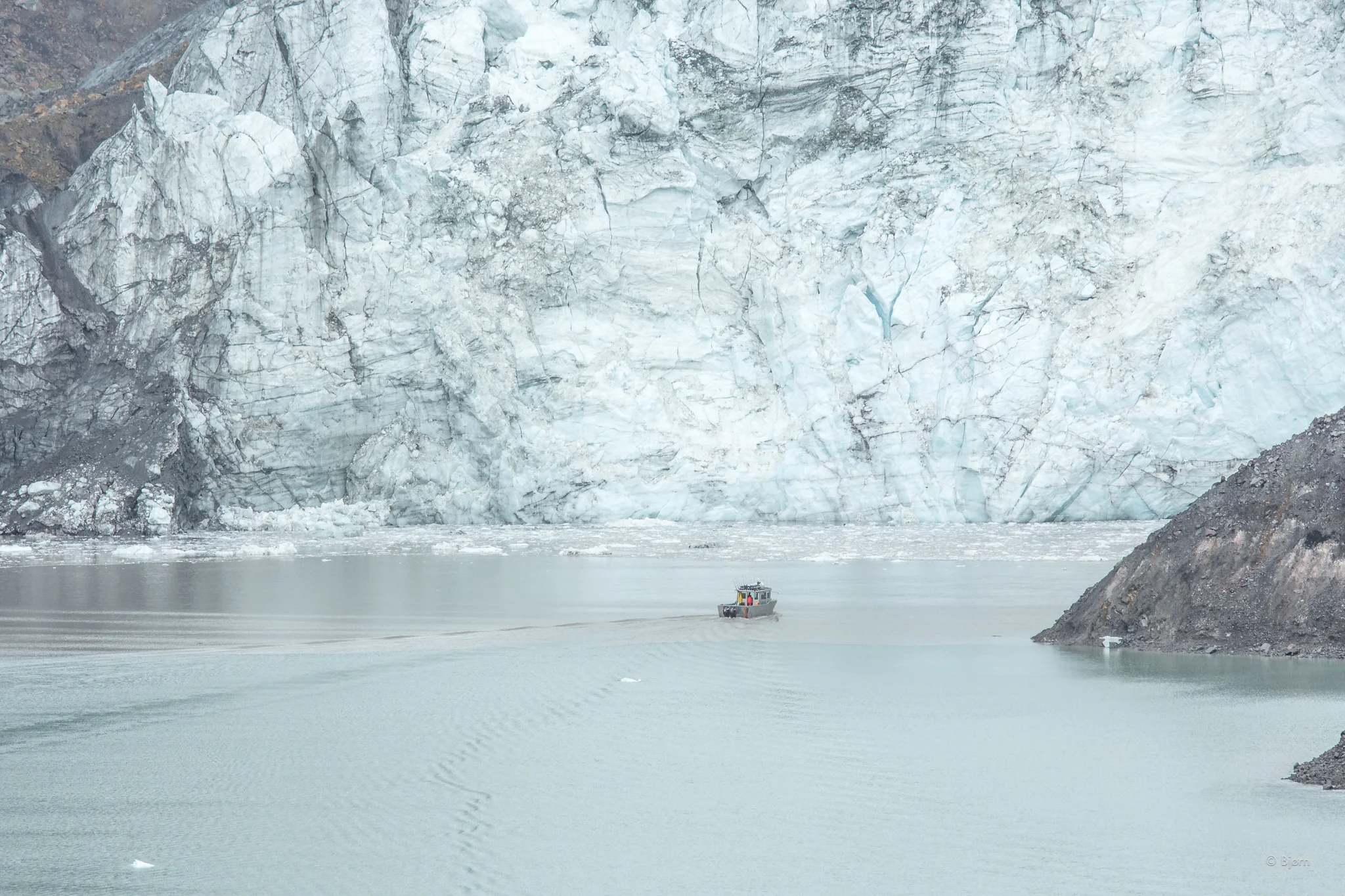

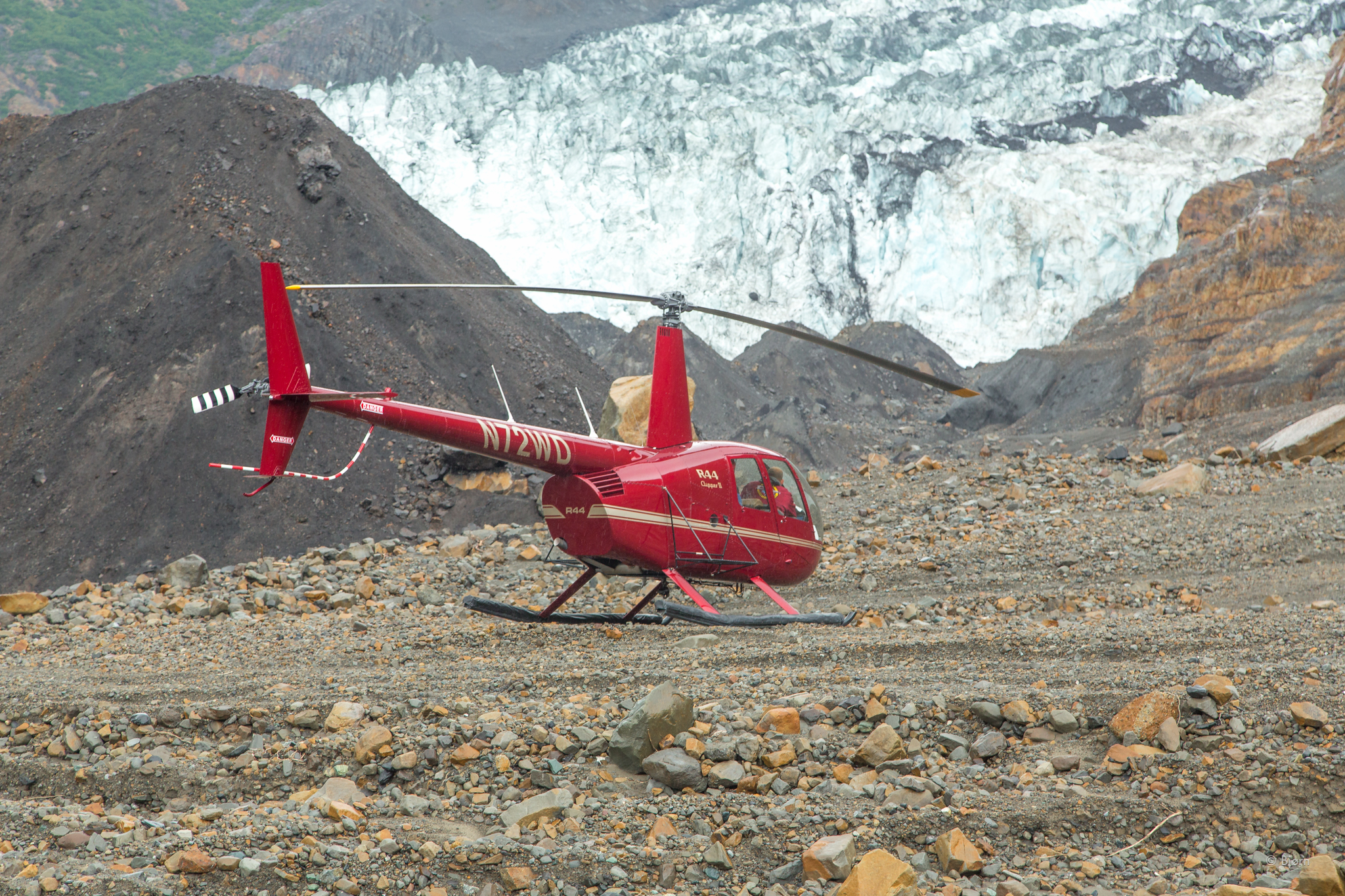

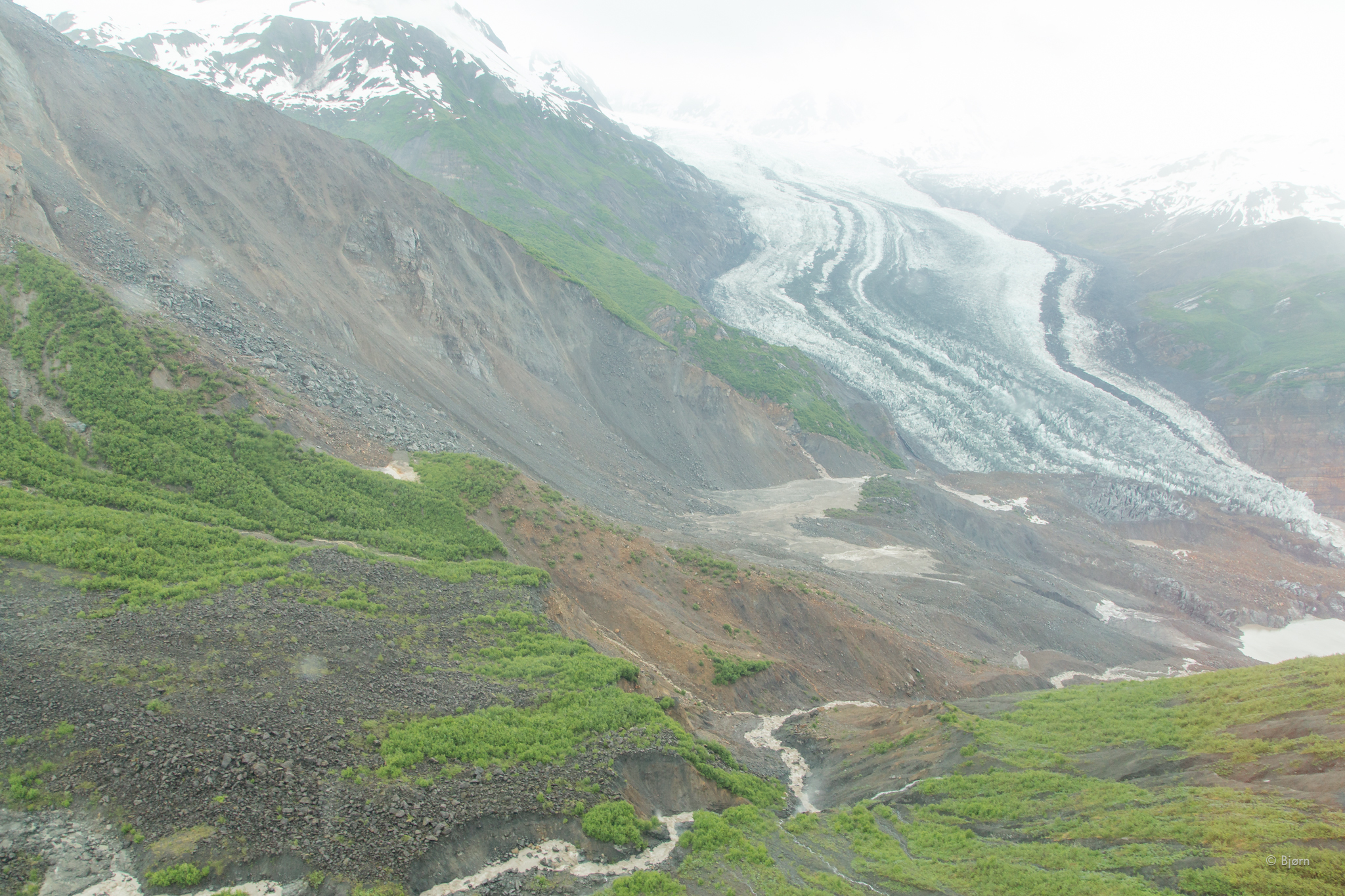


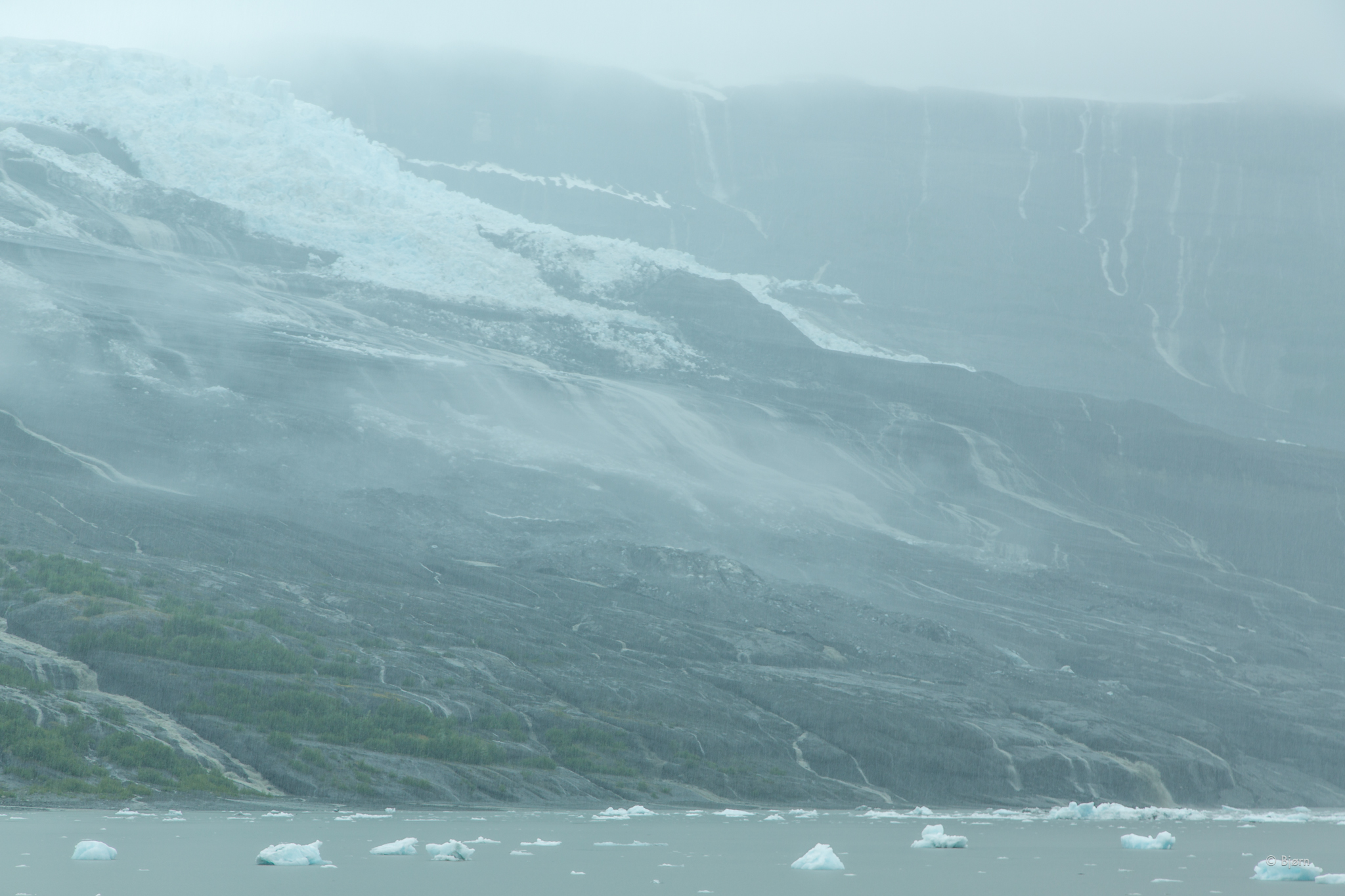

Better understanding of geo-hazards, landslides, and tsunamis leads to better public policy, city planning, engineering and other human-related developments. In this time of rapid de-glaciation and climate change it is very likely we’ll be seeing more of these types of landslides in coastal Alaska and other glacial regions around the world.
Many of the researchers on this expedition have studied earthquake-generated tsunamis in Indonesia, Japan and other places where loss of life and property was profound. To study a landslide generated tsunami in a remote fjord is not without challenges but it also provides a fantastic natural laboratory, where no loss of human life occurred.
Over the next few years, data generated from this expedition and another in August of this year will be crunched and models will be created. This tsunami was the largest (600 feet) anyone has yet to study so soon after the event and the instruments used are state of the art. It seems likely that what was uncovered from this expedition will be useful around the world for many decades to come.
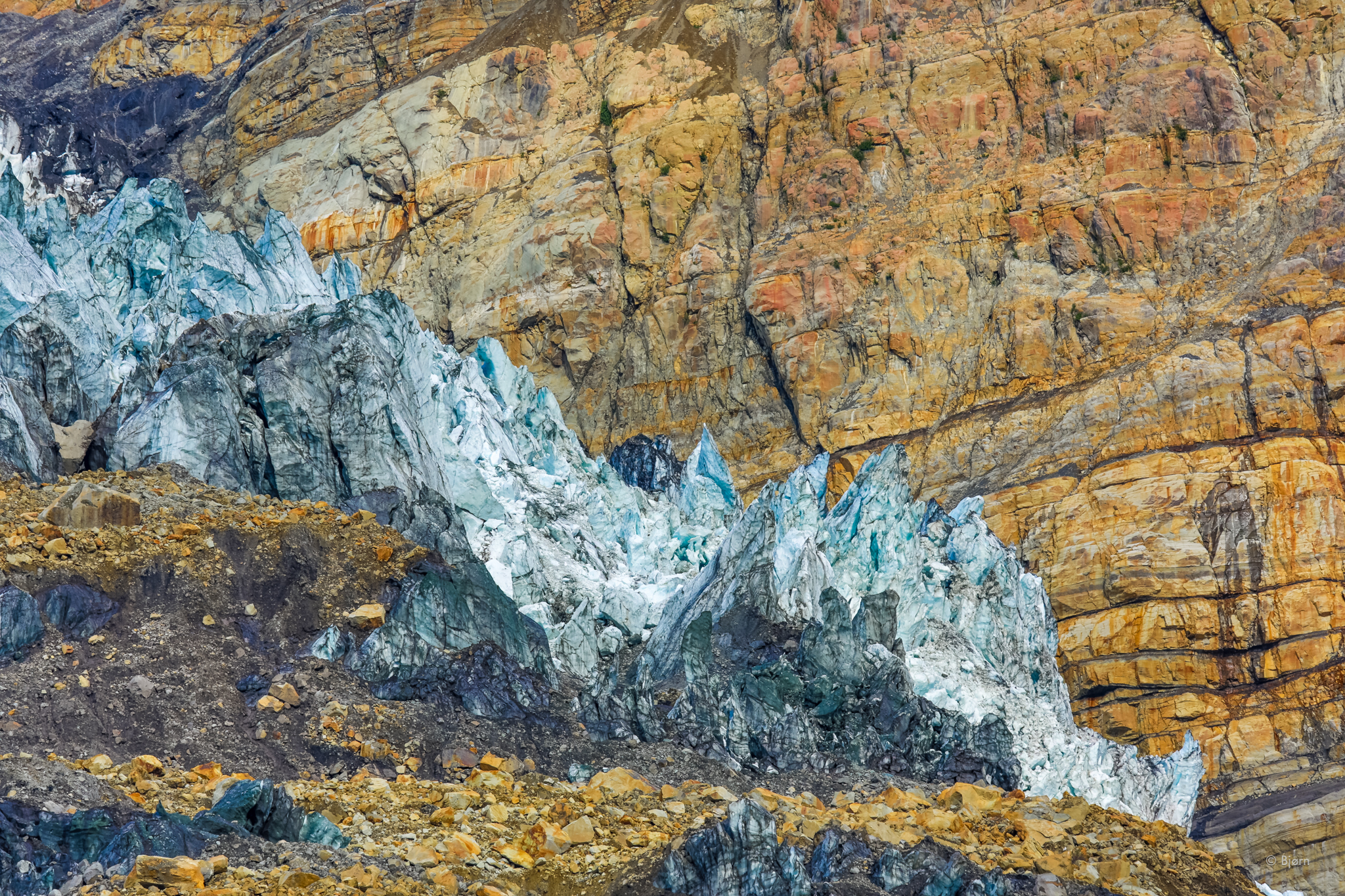
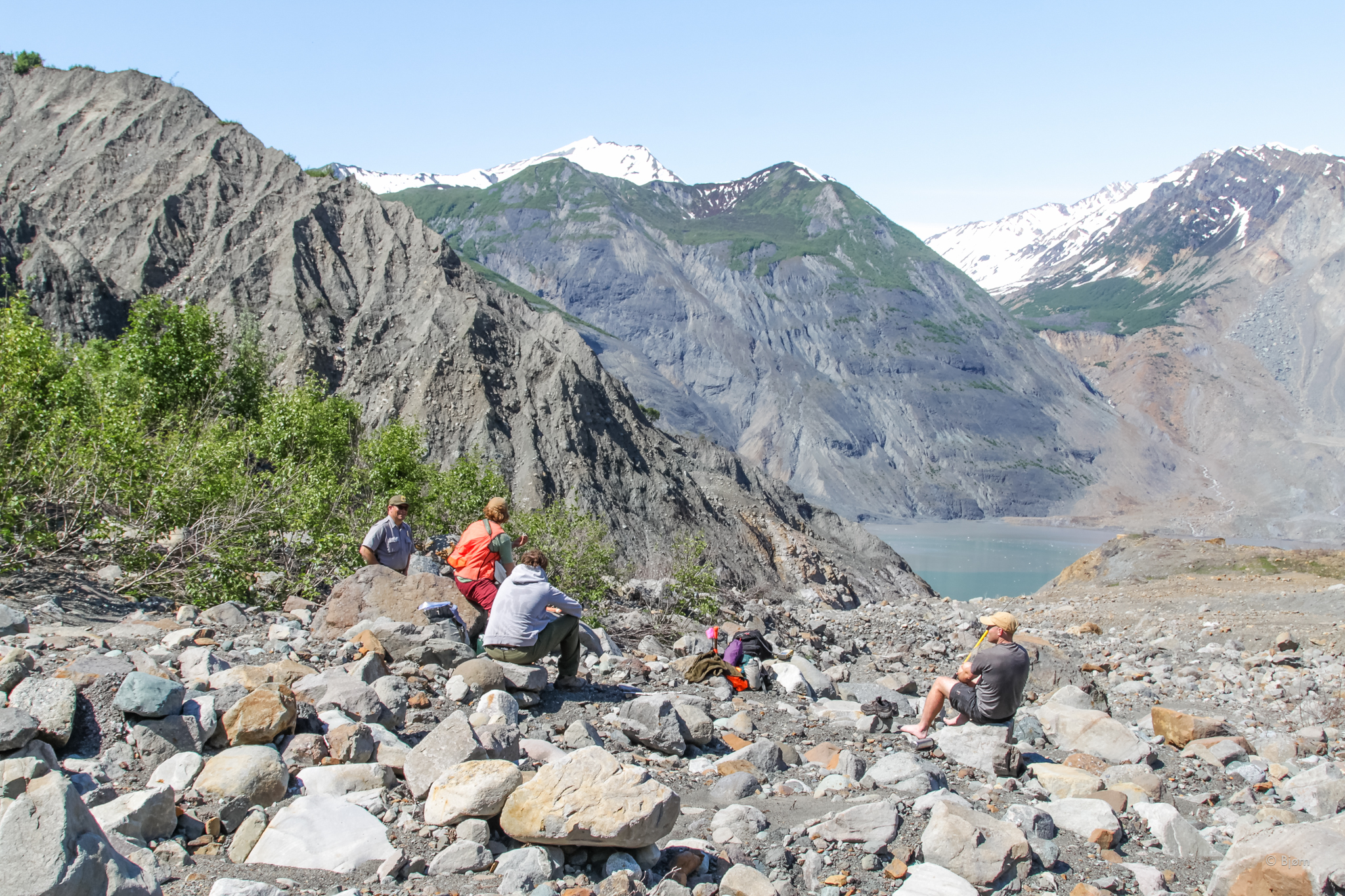
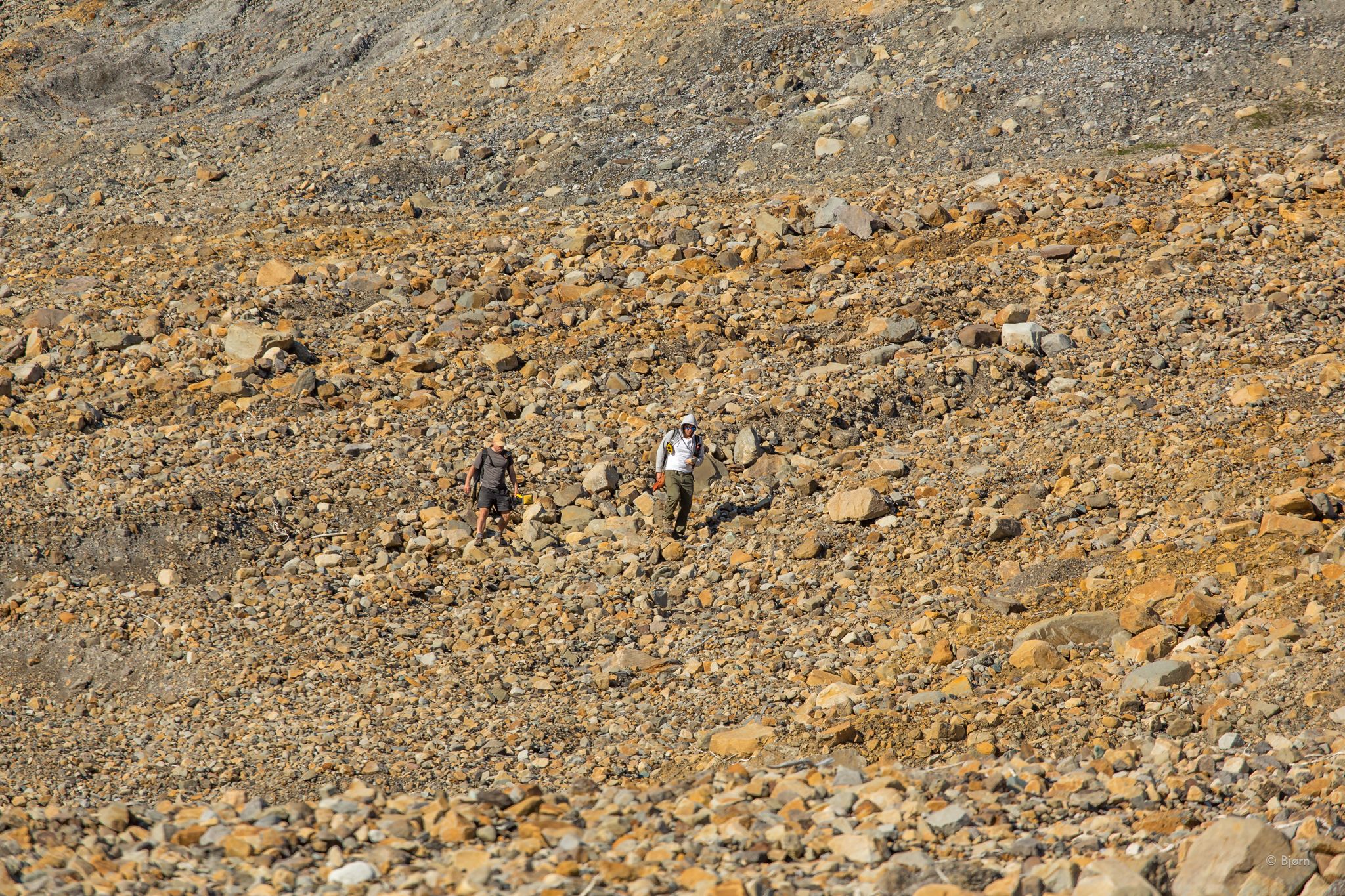

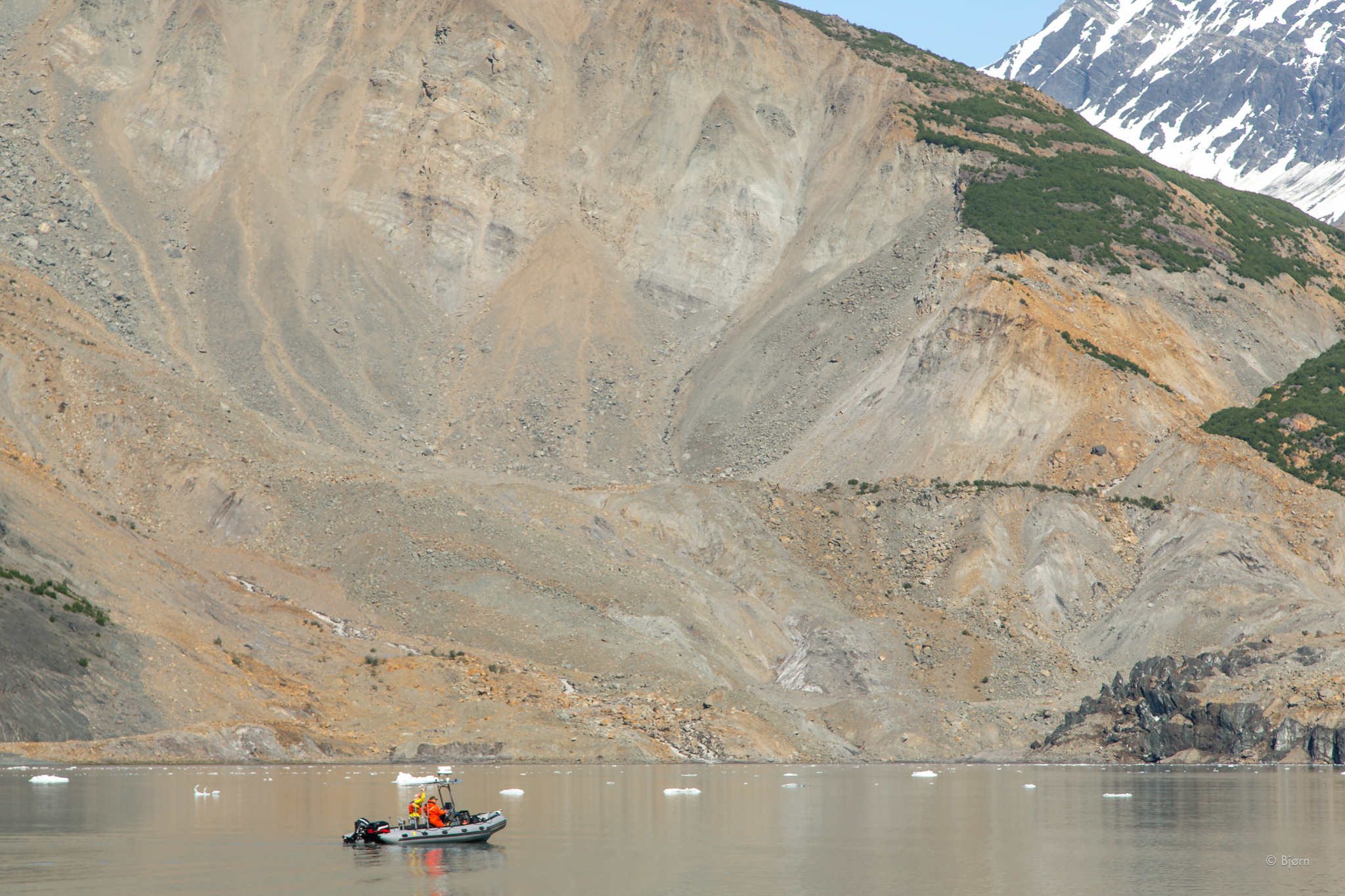


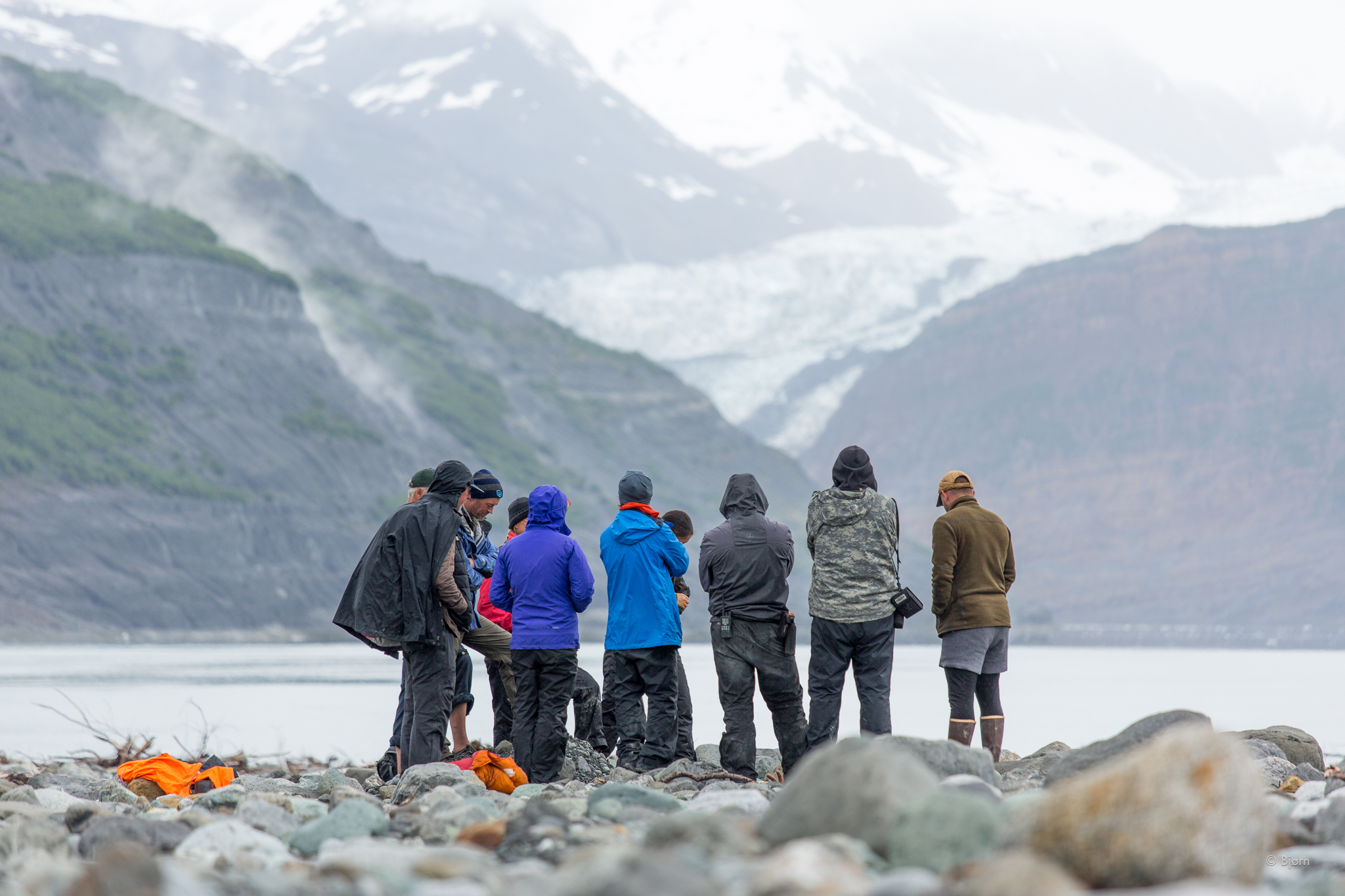
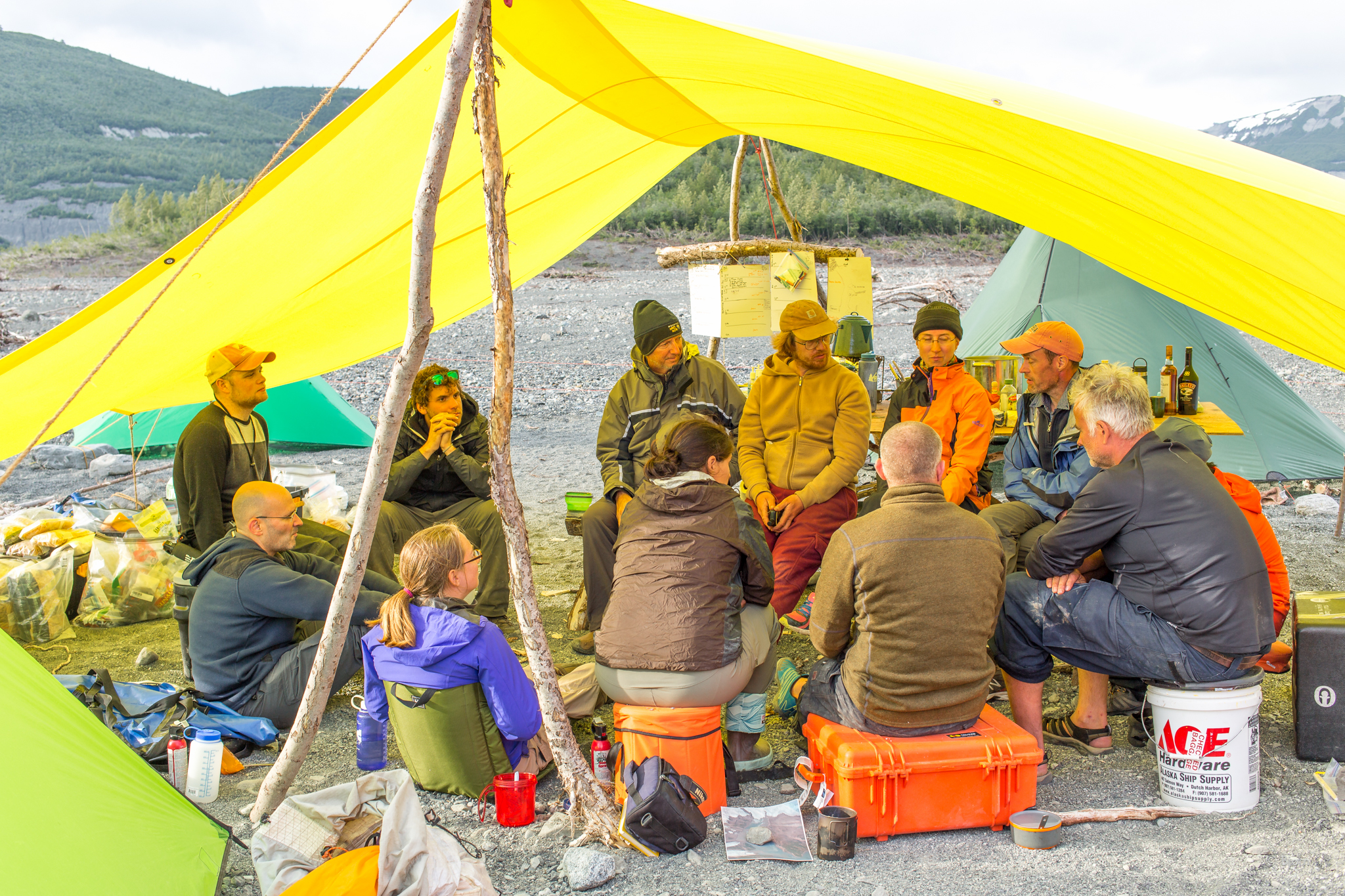
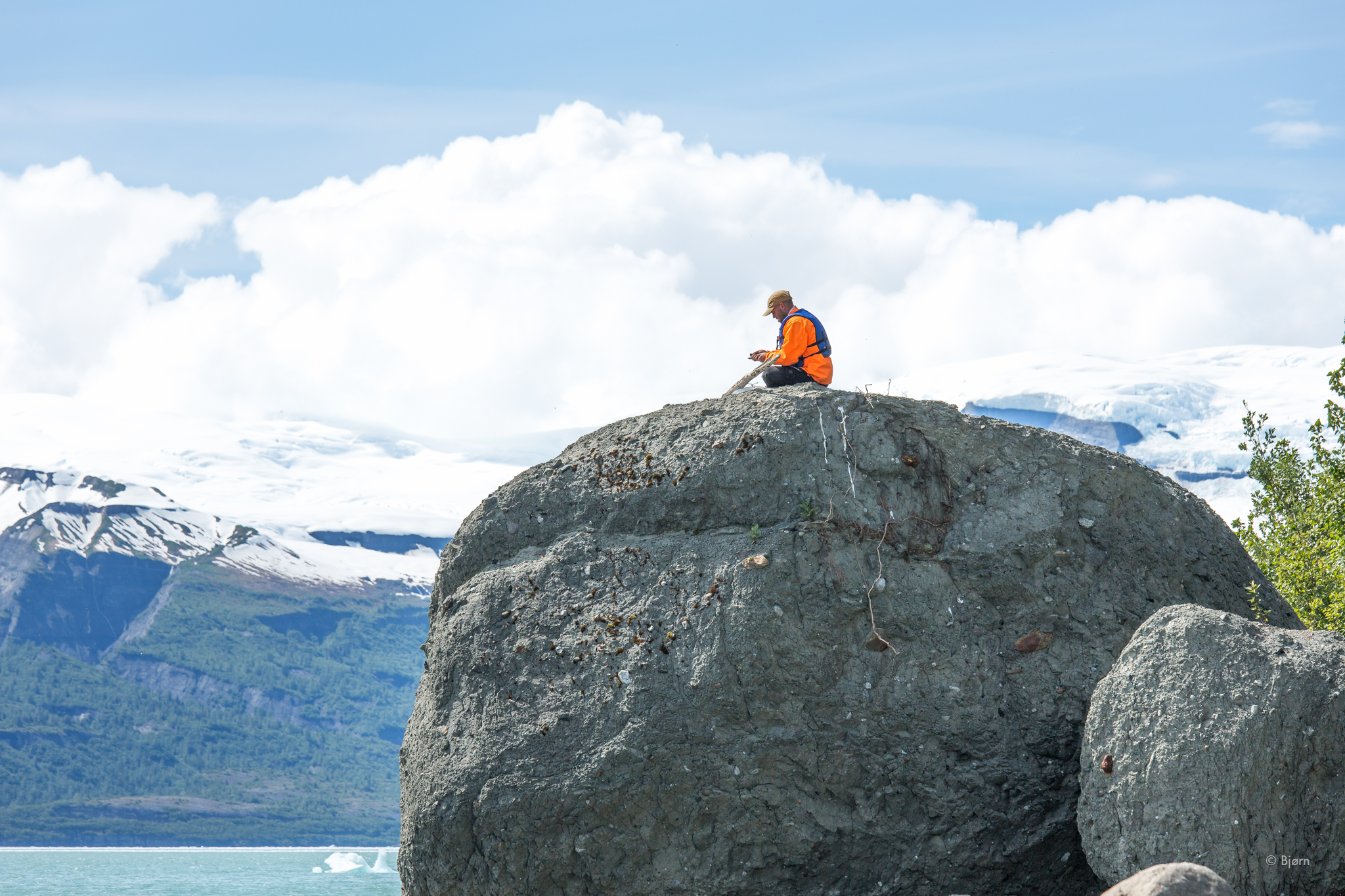

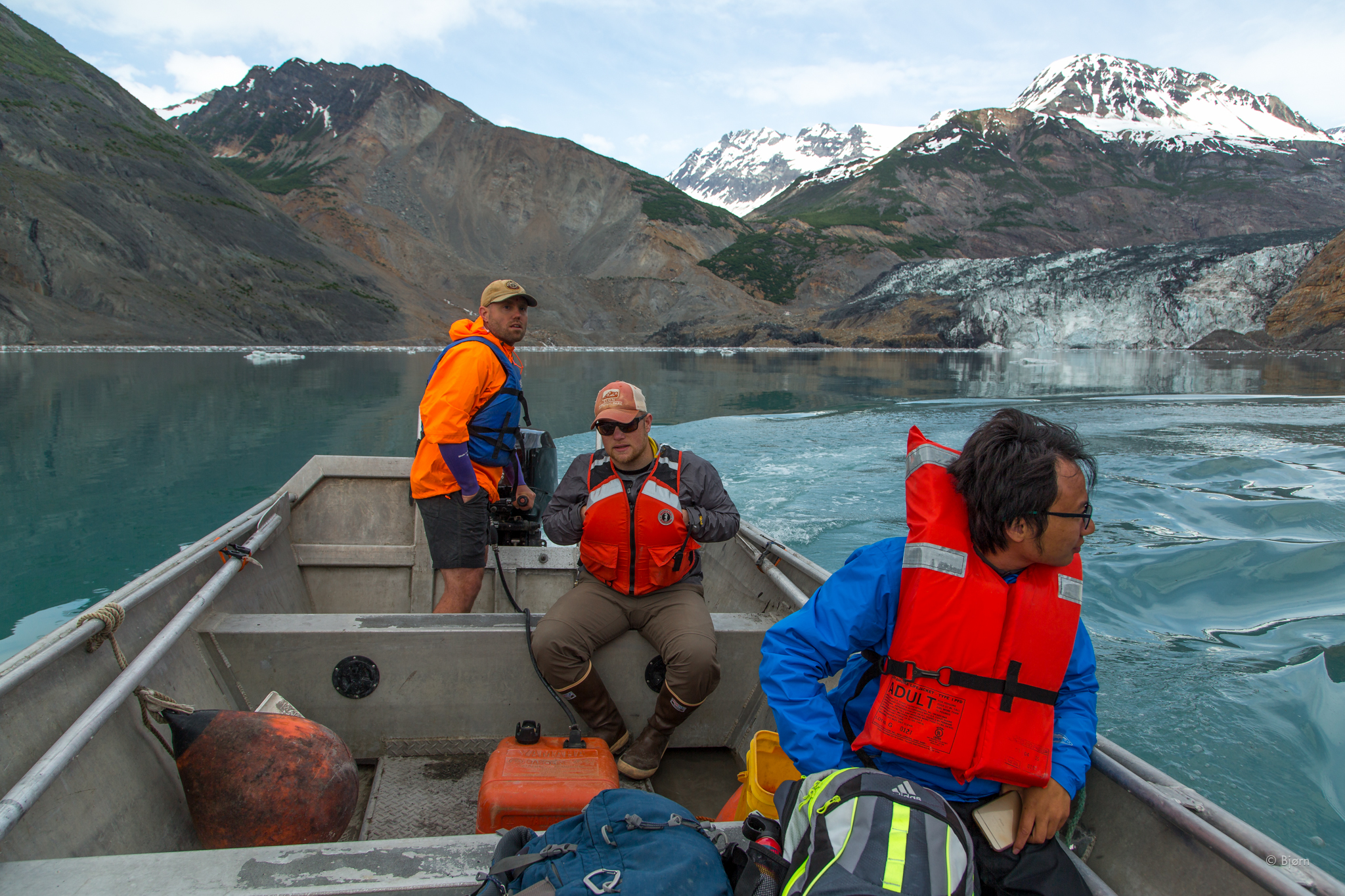
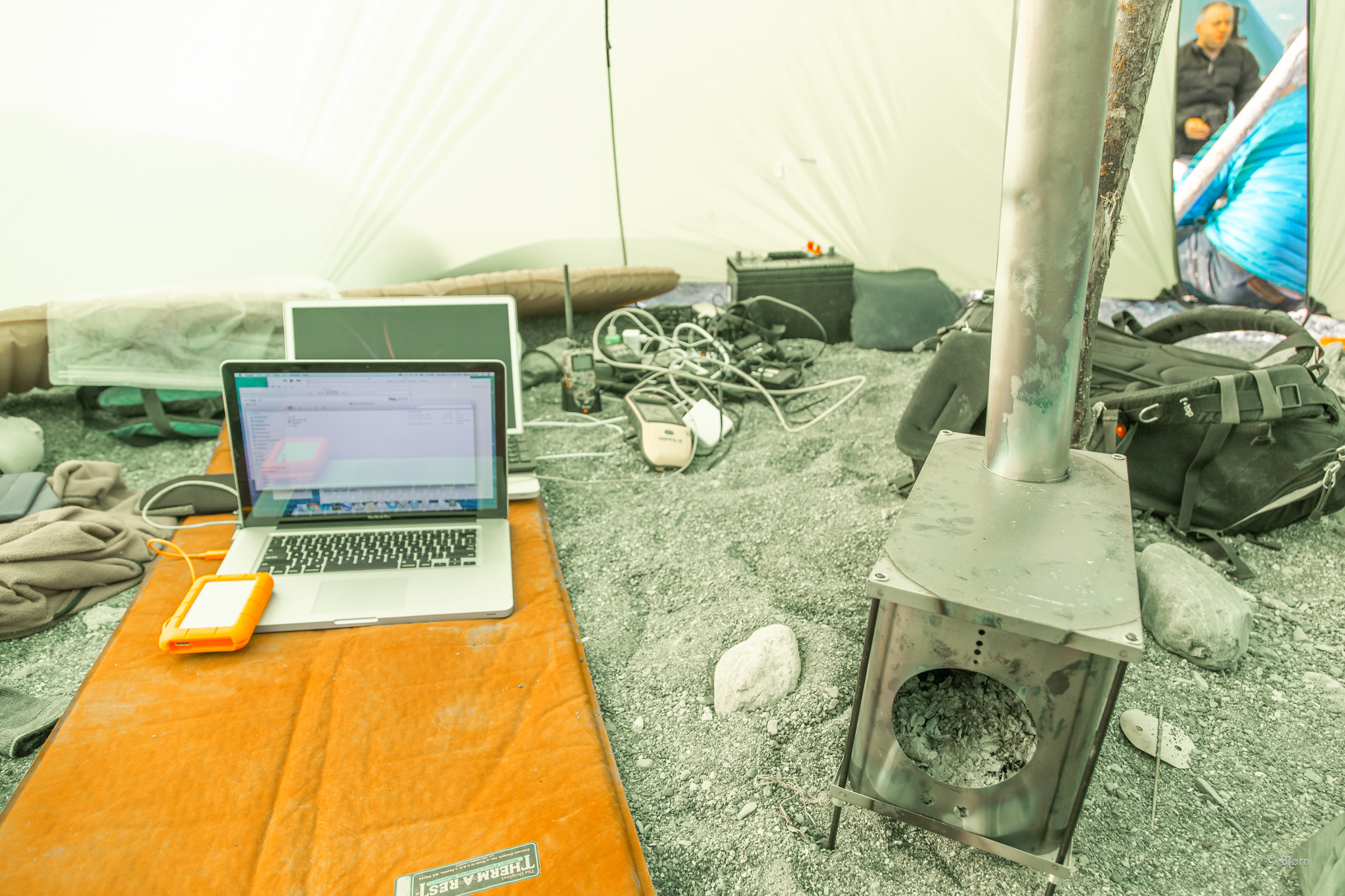
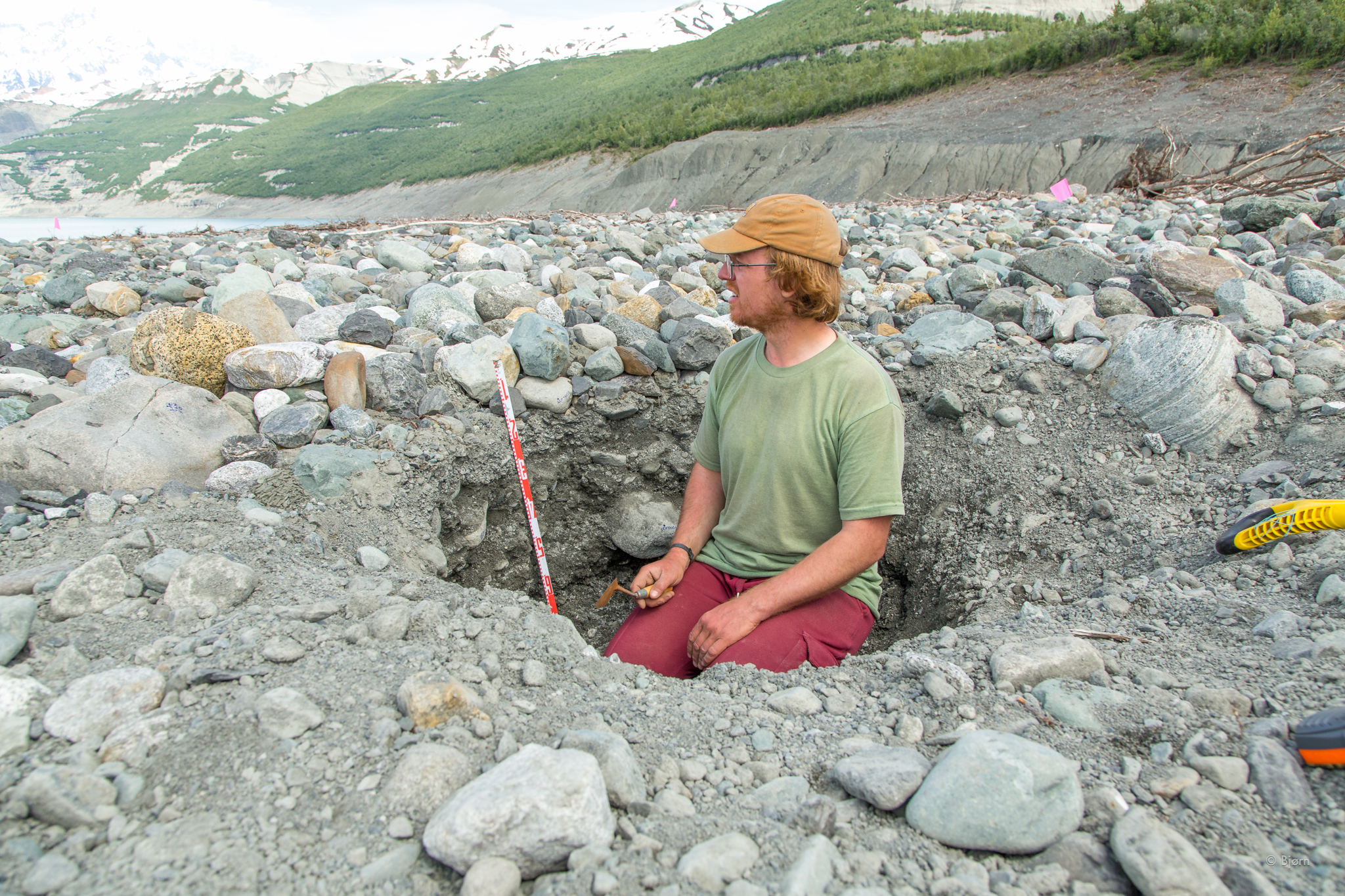

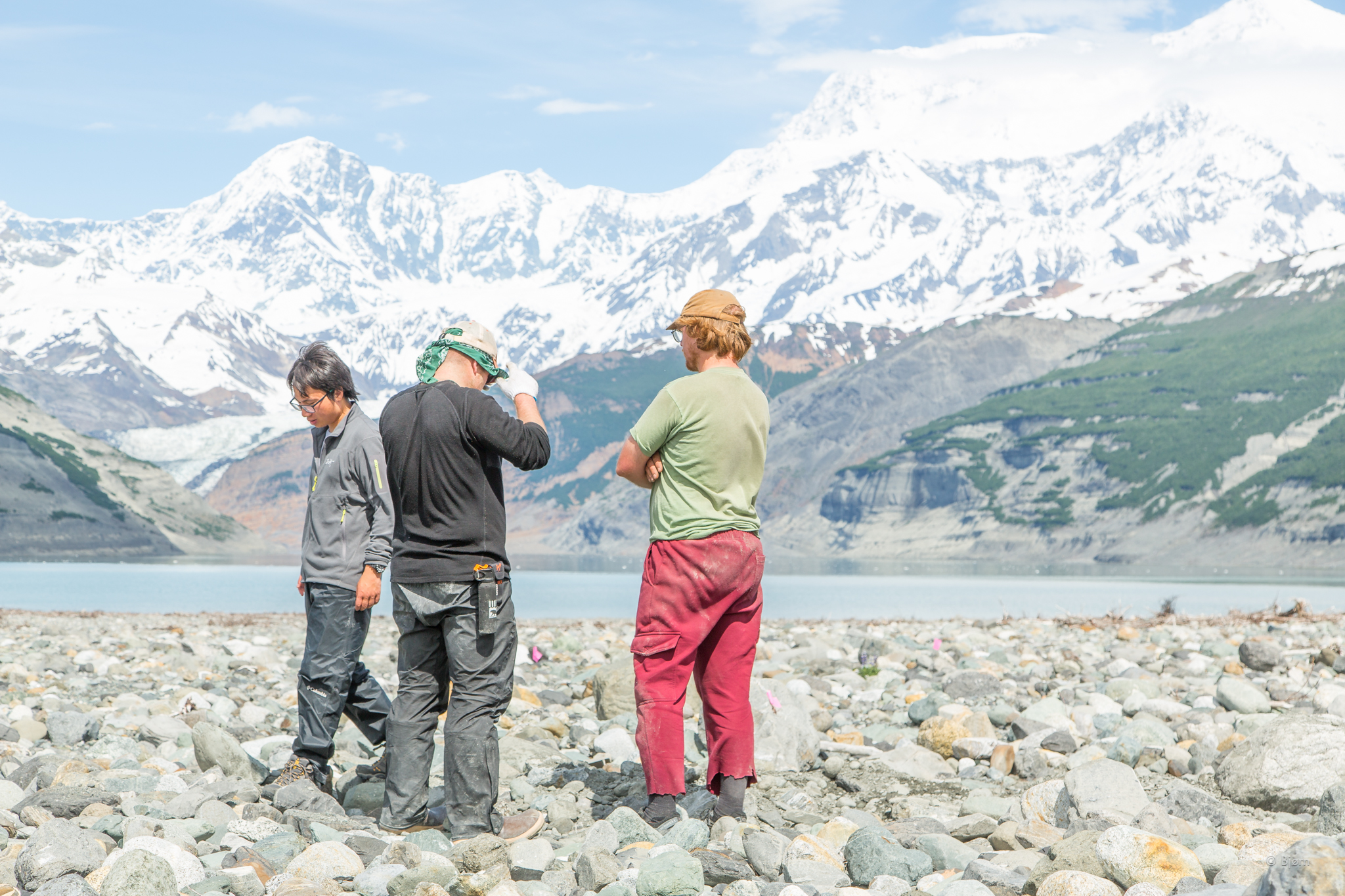
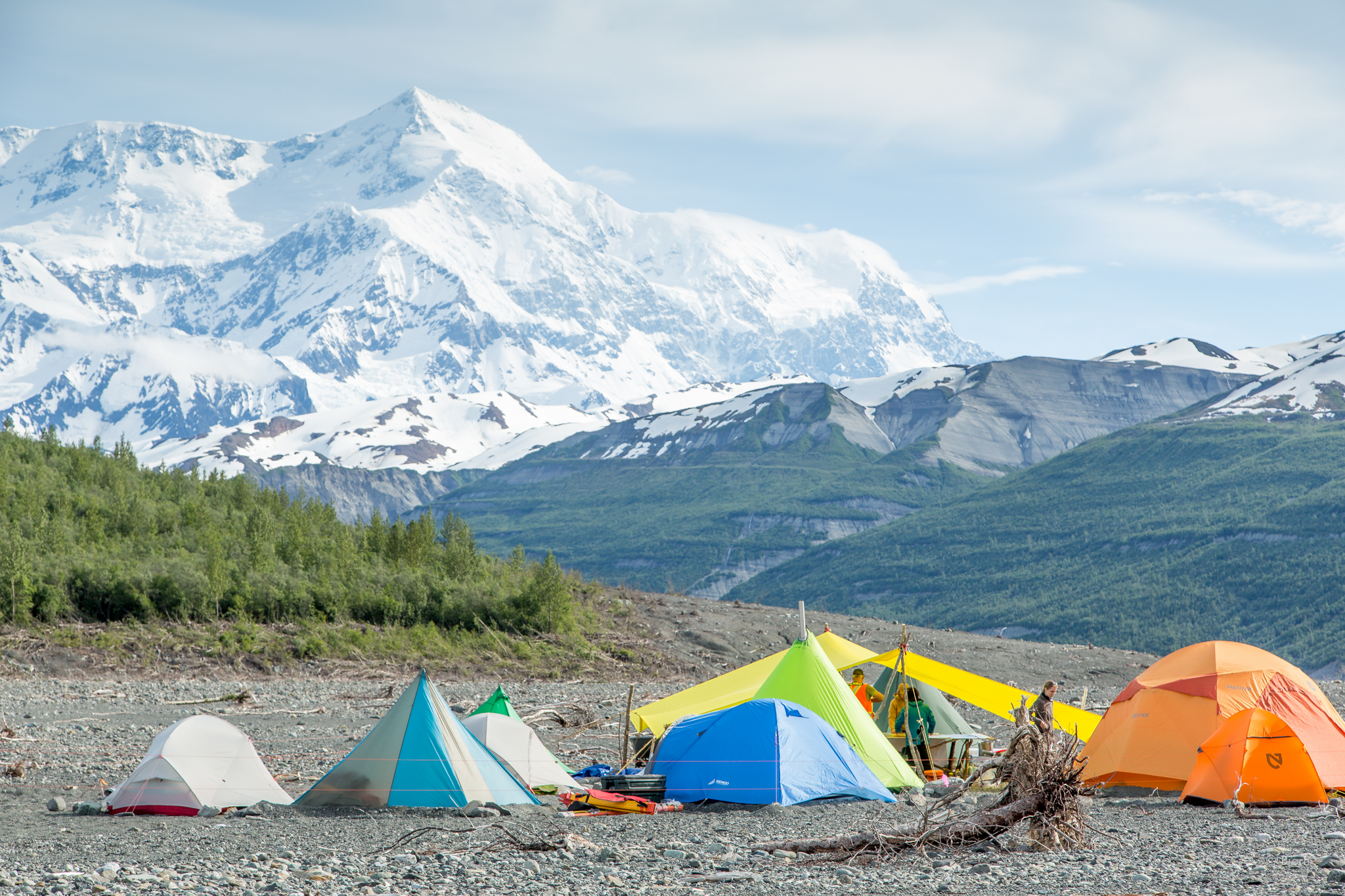
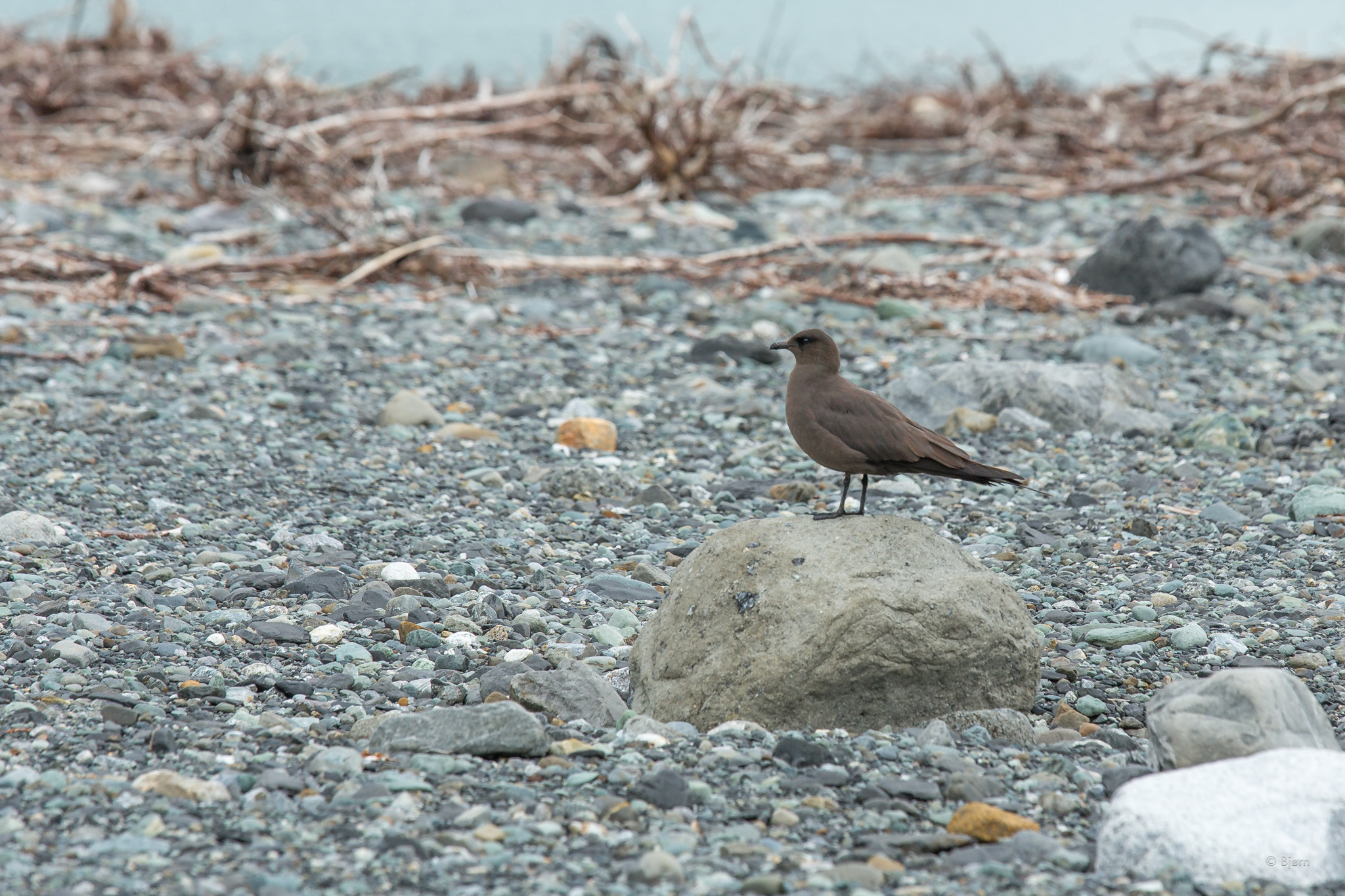


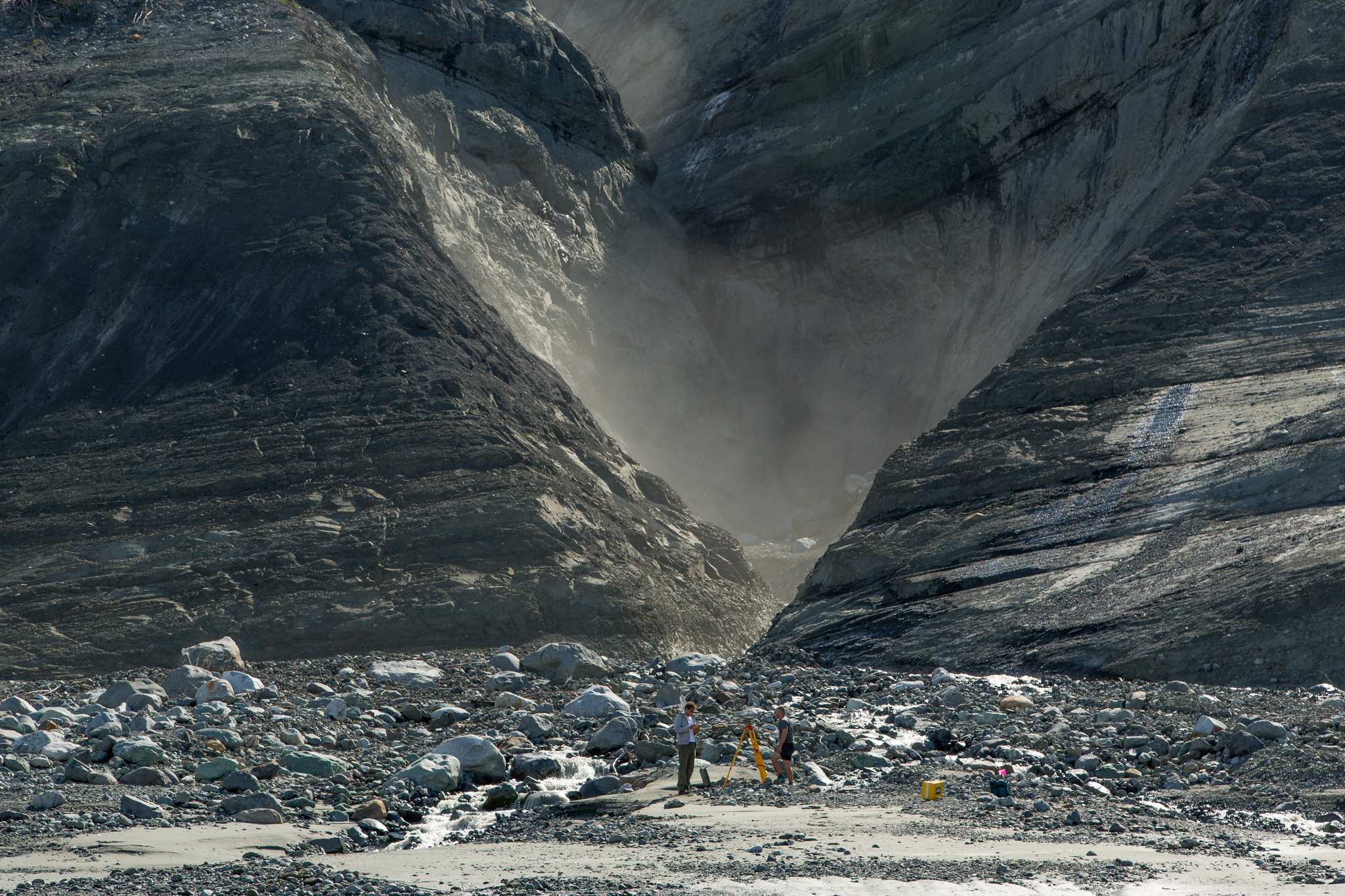
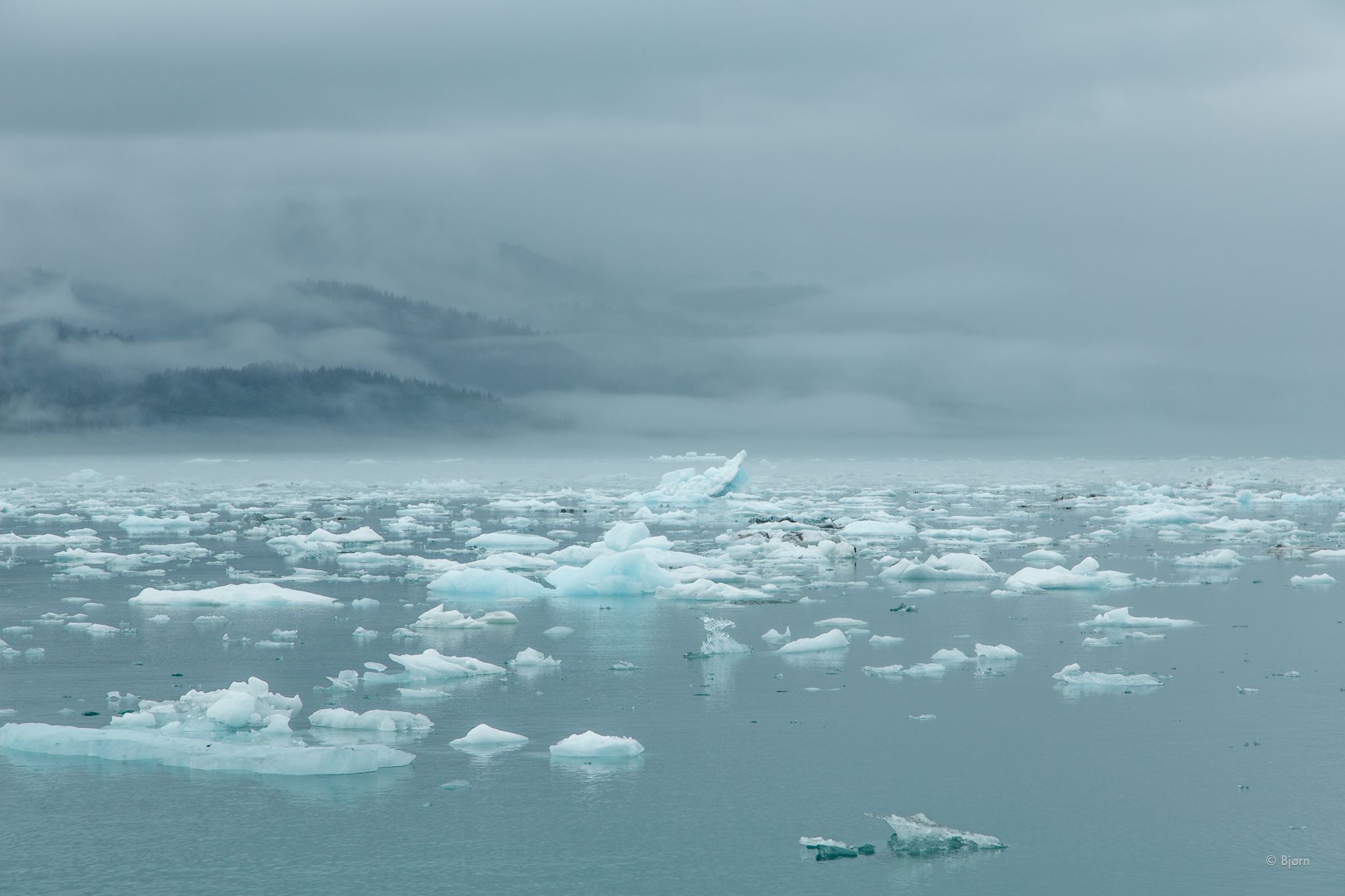
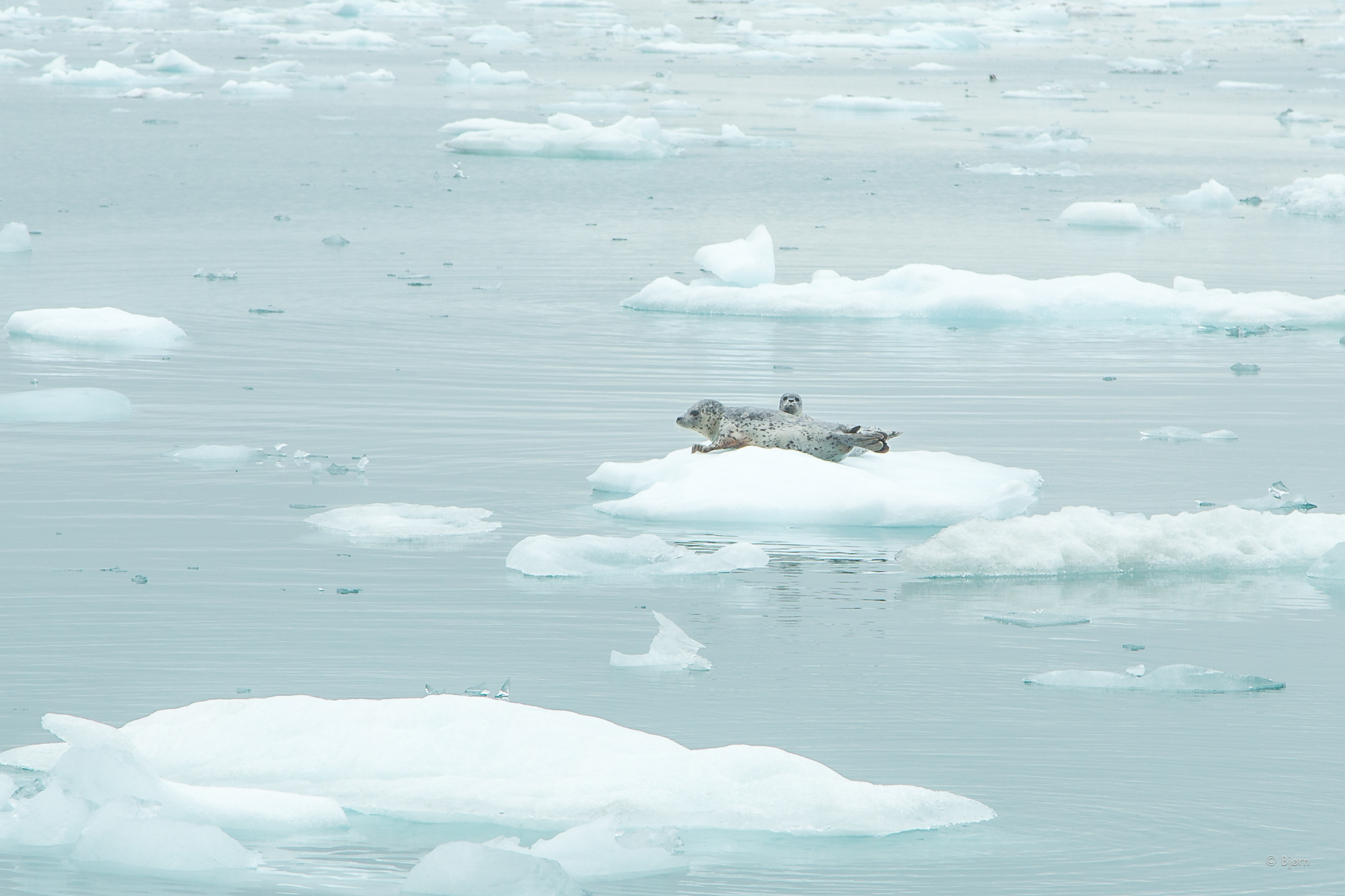
Photo credit: Bjørn Olson, Ground Truth Trekking, and the National Park Service

